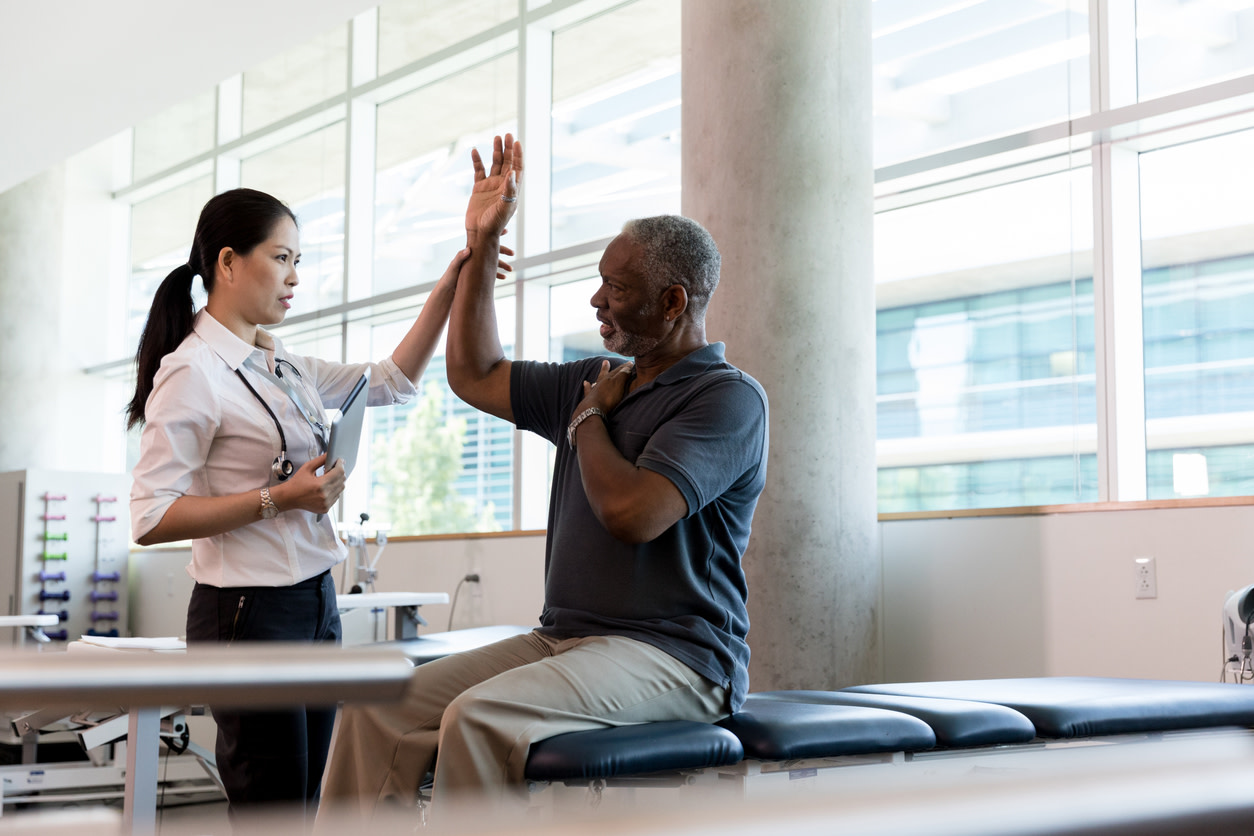Dealing With a Rotator Cuff Tear? Feel Better With These Tips and Exercises
Learn more about rotator cuff tears, common symptoms and causes, and get recommended exercises from physical therapists.
0 $ pour vous
Date de publication : Apr 11, 2024
Table des matières
Fully covered arm or shoulder pain relief
Find relief from arm pain, shoulder pain, pinched nerves, & more.
Check if I'm eligibleExercises for Rotator Cuff Tears
Want expert care? Check if you're covered for our free program →- Shoulder Flexion Isometric
- Forward Table Slides
- Shoulder Rows
- Scapular Squeeze
- Seated Back Extensions
